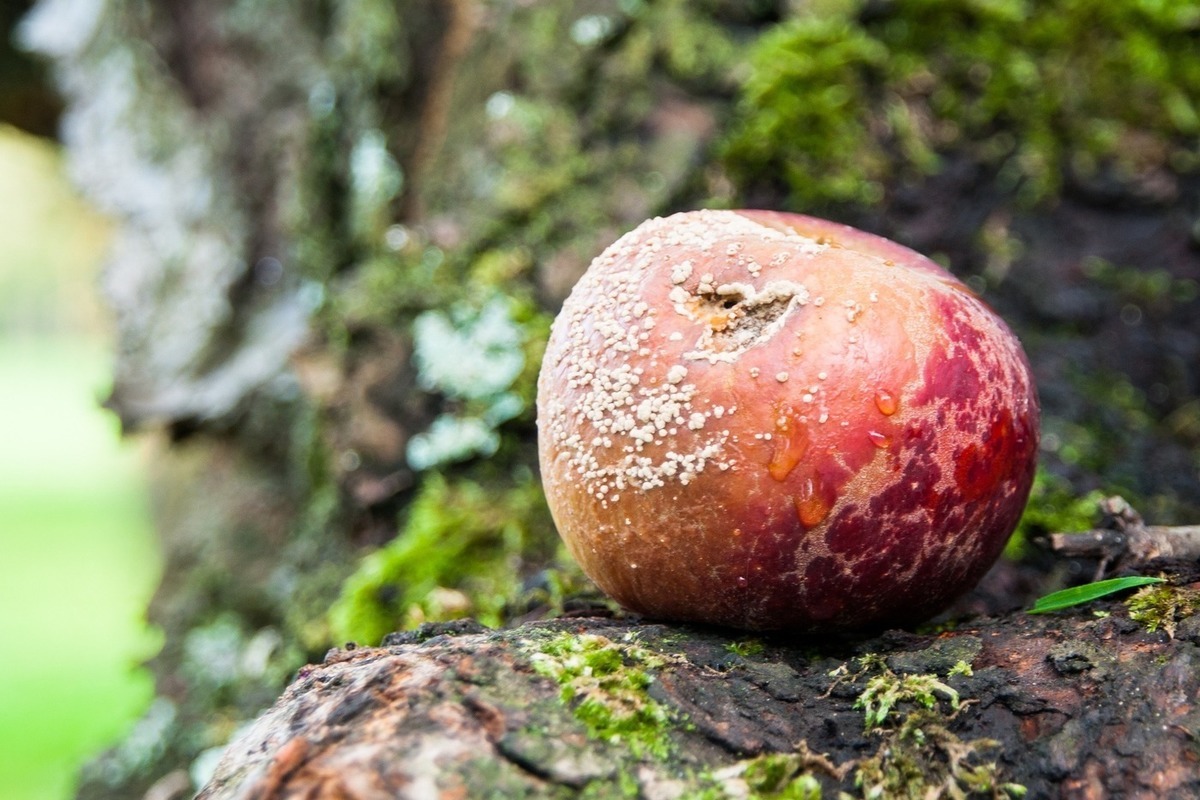The dangers of eating moldy foods explained
[ad_1]

Eating moldy food is considered – and with good reason – to be very dangerous. However, a British food safety expert says there is food that can be eaten even if it is moldy. Thus, eating nuts, cereals and apples with mold can lead to liver damage, experts warn. But if you cut off the moldy part of a hard cheese, it is theoretically safe to eat.
It can be frustrating to discover that your loaf of fresh bread is (or so you thought) covered in patches of green mold, writes the Daily Mail. But did you know that moldy stains can be scraped off harmlessly from some foods? Just don’t try this with bread…
That’s according to food safety expert Dr Richard Fuchs, from the University of Greenwich, who told MailOnline which foods can still be eaten even if they’re moldy, and which should go straight into the bin.
According to the Food Standards Agency (FSA), food that is visibly rotting or contains mold should not be eaten.
This advice is especially important for people in vulnerable groups such as children, pregnant women, people over 65 and anyone with a weakened immune system.
Eating mold—technically just a microscopic fungus—can make us sick.
According to Dr. Fuchs, nuts, grains and apples can be some of the most dangerous foods to eat if you find mold stains on them.
The expert says: “Consumers may be allergic to molds or develop respiratory illness if exposed to them. Secondly, molds can produce toxic compounds called mycotoxins.”
Described as “extremely dangerous,” mycotoxins can suppress the immune system and cause reproductive problems. Some of them are even linked to cancer, the Daily Mail emphasizes.
“They will rarely have acute effects, but may occur over a long period of exposure,” says Dr. Fuchs.
However, aflatoxin, the most dangerous type of mycotoxin, is known to cause these serious complications. It is produced by two types of mold – Aspergillus flavus and Aspergillus parasiticus – and can be found in moldy nuts, rice, spices, vegetable oils and cocoa beans. In large doses, aflatoxins can be life-threatening.
Patulin is another mycotoxin that can grow on rotting apples. If consumed, it can cause “nausea, gastrointestinal distress and vomiting,” according to the World Health Organization.
While not all mold is that dangerous, it can still make you feel sick if eaten. To complicate matters further, the mold you may see on the surface of food is not the whole problem, warns Dr. Fuchs. At this point, mold spores have already penetrated deep into the product.
“Molds form microscopic thread-like structures called hyphae that can spread into food,” says the expert. “So what is visible on the surface may not reflect the full extent of mold contamination.”
The softer the food, the easier it is for mold to penetrate its surface. For example, foods with a high water content, such as juicy berries, jam or even soft cheese, allow mold to spread deeper. Another culprit is bread, whose porous structure allows mushrooms to grow into it. This means that if you find a small spot of mold, it is likely to be throughout the entire jam jar or fruit basket, even if it is only visible on the surface.
One of the few foods you can eat, even if it’s moldy, is hard cheese, says a British expert in a commentary for the Daily Mail.
“Hard, dense foods, such as hard cheeses or firm fruits and vegetables, are more resistant to mold penetration, so the mold can be cut out and eaten,” he added.
To be on the safe side, Dr. Fuchs recommends that people cut off about an inch of produce around and below the mold area. However, if the mold is specifically used to make a product such as blue cheese, it can be eaten.
[ad_2]
Source link








